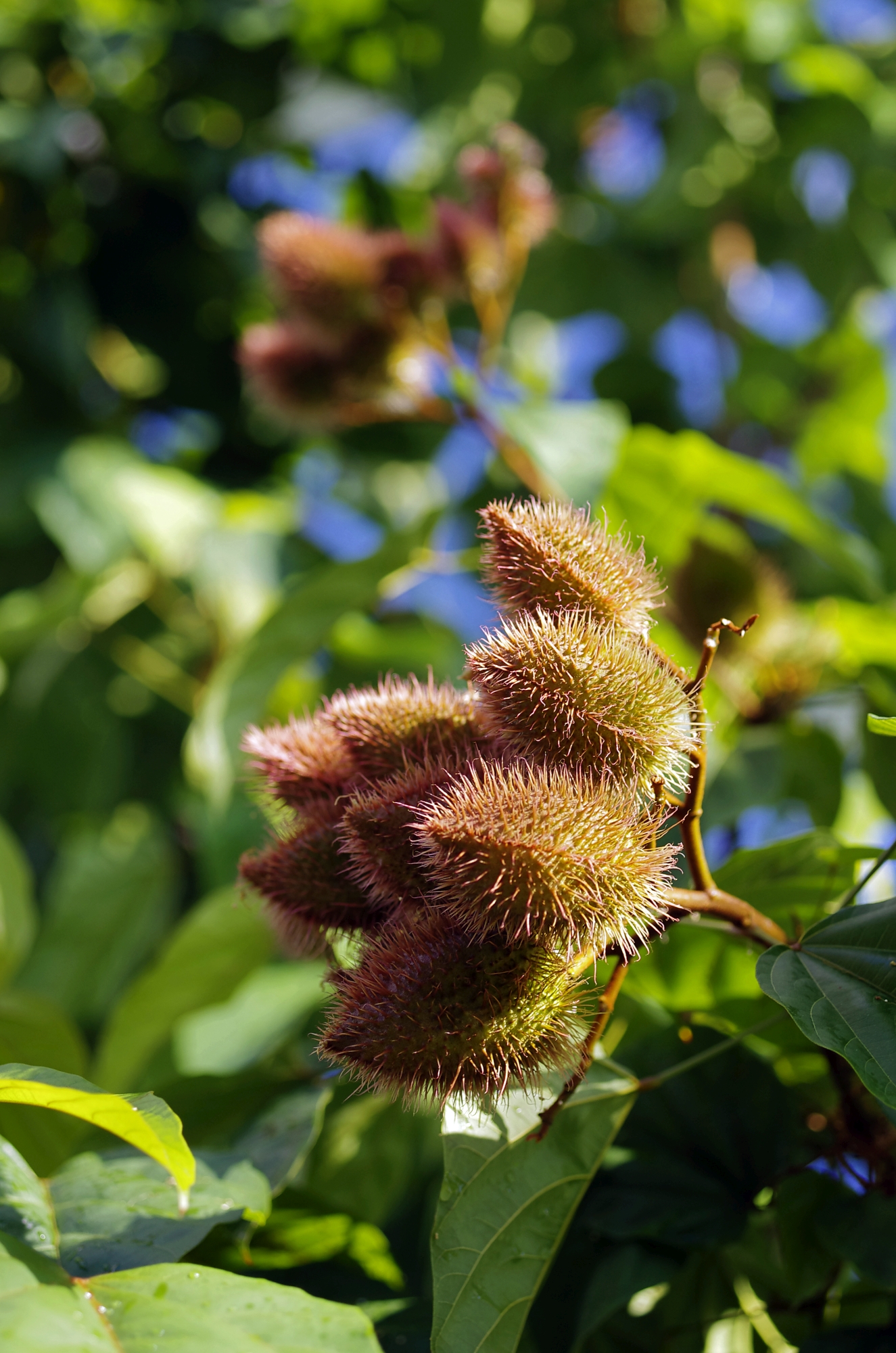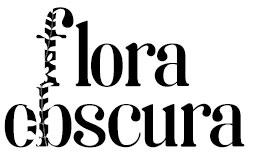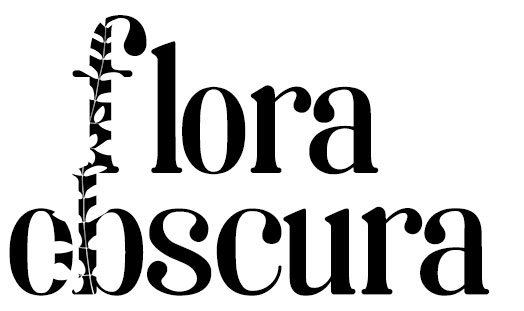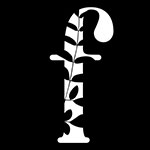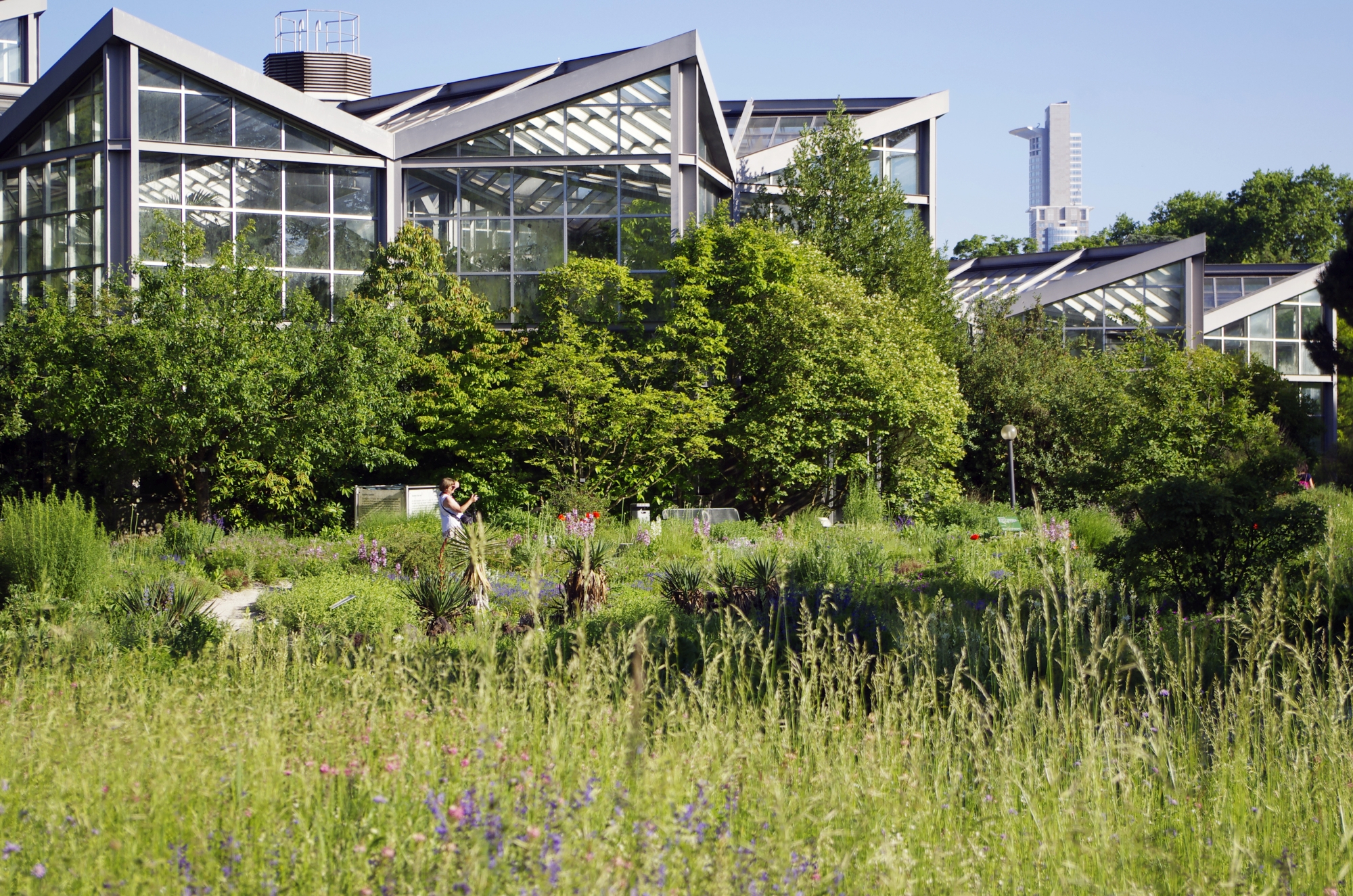
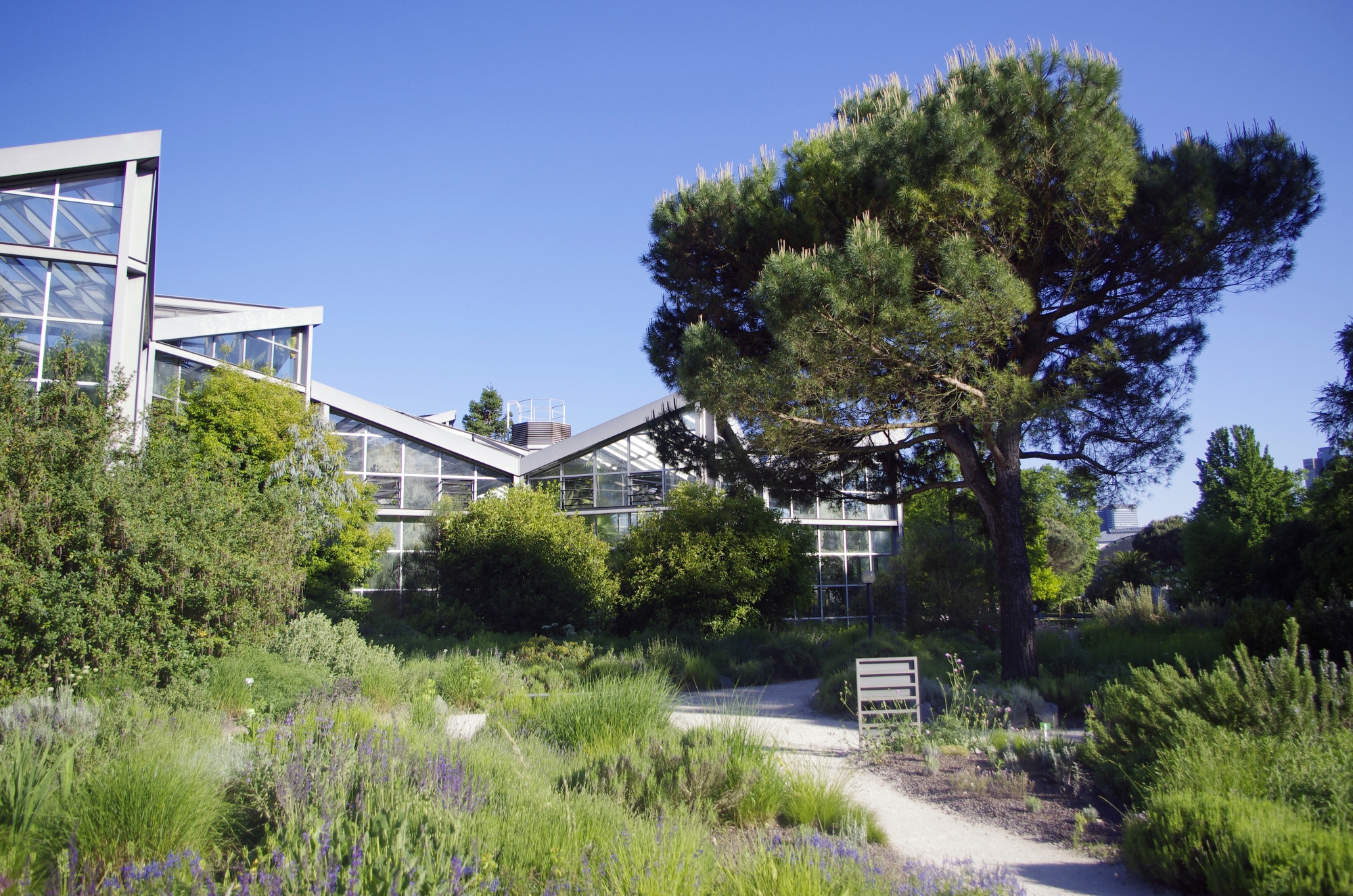
This time I don’t have to google on my smartphone for the Latin name to know, that this plant, which I discovered hidden at the edge of the Palmengarten Frankfurt behind a cafe, is a food plant. A spice to be exact. Zanthoxylum piperitum has long been known to me as “Szechuan-Pfeffer” (Sichuan pepper), its small, reddish capsule fruits are even just ripe. The small tree standing in the middle of the bed is not so easy to reach, but I get a branch with some frutescence. I look for the most beautiful one, cut it off with a small pruning shear and put it in a lockable plastic bag.
Less than 2 hours later I kneel in front of my reprostative with the old Pentax K-5, on which a 50 mm macro lens with solarization filter is mounted. Below this on a black cardboard lies first the whole frutescence, then a small fruit group, and finally a single fruit of Sechuan pepper. When I am satisfied with illumination, I take pictures with between 20 and 60 individual photos of each focal plane of the objects, so that they can later be generated by a special focus stacking software to a consistently sharp photo.
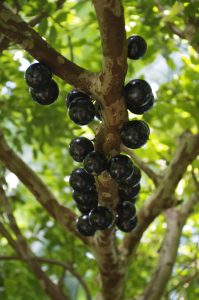
Layer by layer, the program stacks the sharp areas of the images – an exciting moment for me every time. This image reveals structures, which I could not see before on the about 5 mm small single fruit. Then the pictures are thoroughly reviewed. This is especially necessary when the object has spikes or, like Sechuan pepper with its stalked individual fruits, protruding elements which overlap each other. The resulting blurring edges are often annoying. Also the black background should be evenly dark and dust-free, which is why the fruit is extracted from the background. Finally I finished the image editing. The folder named “Zanthoxylum piperitum, Szechuan-Pfeffer ” now ends up in the “Spices” folder.
I’m glad. Another spice in my collection, which is supposed to include all edible plants of the world. I don’t think I’m going to experience that this collection will be complete one day, but somebody has to start with it. So I just started doing it in 2012. At that time, I did not know that it’s about up to 80000 species. I have only around 700 of them, and there is still a lot to do and discover.
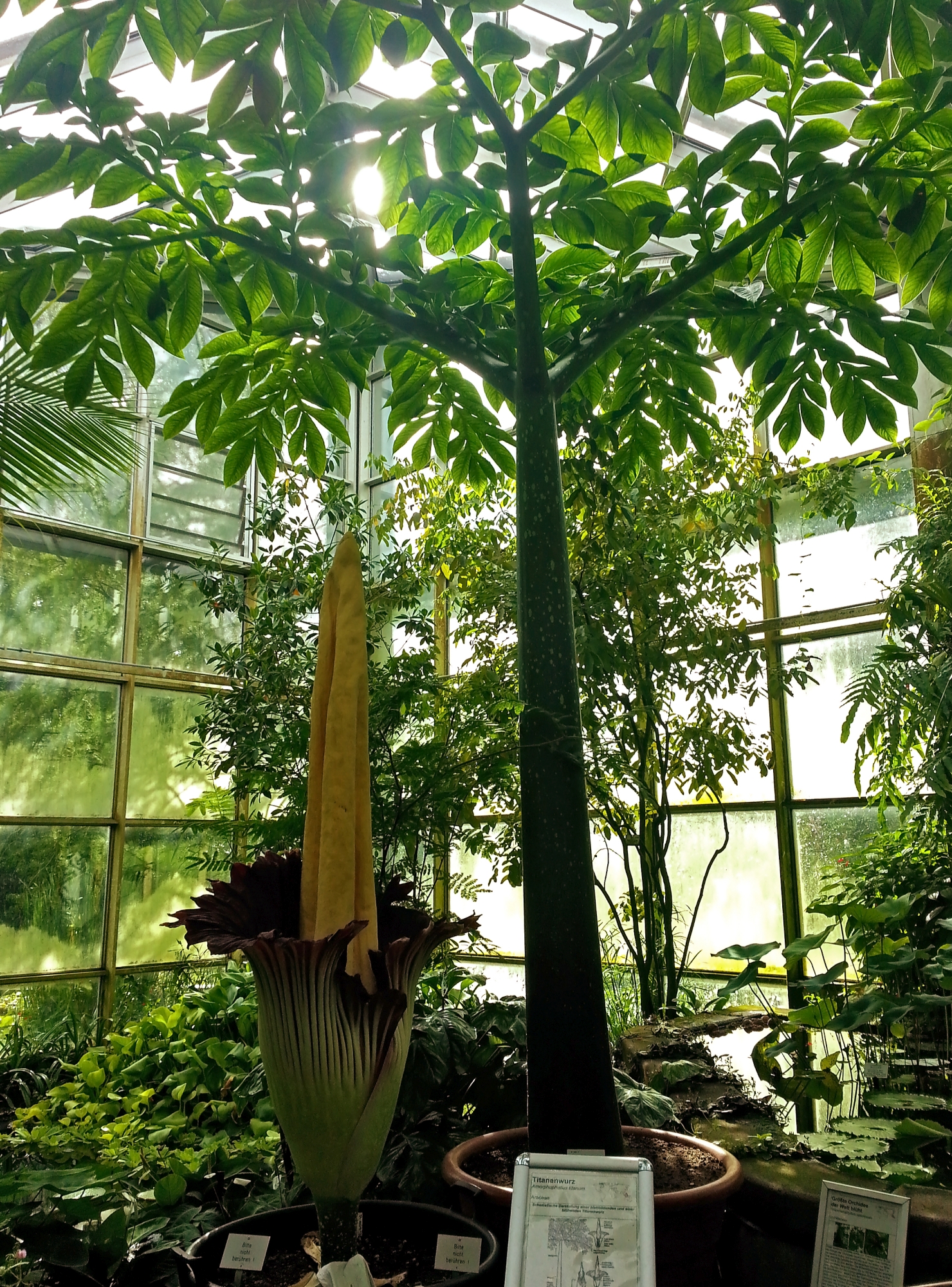
However, the collection still lacks such banal vegetables as cauliflower or iceberg lettuce. Maybe this is because here in Frankfurt I can find much more exciting food plants for my “Botanical Cabinet of Edible Plants”. I am very pleased to receive valuable support not only by the Palmengarten Frankfurt with its enormous biodiversity, but also by the Goethe University and the Frankfurt Botanical Garden; and each of them are cultivating their own and sometimes really odd plants.
The last meeting with the botanist of Frankfurt botanical garden was in October, early in the morning at the entrance of the garden. Only the gardeners and botanists are allowed to pick plants here. It was cold, but the sun was shining. I was in search of the now ripe blue sausage fruit (Decaisnea fargesii) in the southern part of the garden. In a small bundle, the wrinkled, blue fruits, which are also called “dead man’s finger,” hang between the autumn-yellow coloured leaves of the small tree. “Which do you like to have?” The botanist asks me with the garden shears in his hand, I point to the fruits at the top. “Maybe a leaf, too?” he asks. He cuts off a slightly yellow-coloured leaf, it is feathery and about 40 cm long. For their own herbarium, he cuts off another piece of the plant while I – being very happy about this odd fruit – am packing the blue fruits and the large leaf. “And they are really edible?” he asks me skeptically. He opens a fruit that contains a colorless jelly that surrounds many disc-shaped black seeds. “Yes,” I say, and because he still seems to doubt, I enter the Latin name of the plant into the Google search and show him various sources that confirm the edibility. In China, where the plant is native, the jelly is spooned out of the fruit and eaten fresh. So we try. It tastes sweet and slightly sour.

As we walk through the garden section with the East Asian plants he asks me if I already have a begonia in my collection. I deny this and wonder if they are edible. We are standing next to an area with several flowering Hardy Begonia (Begonia grandis ssp. evansiana). He is picking up 2 of these small, pink flowers with the yellow pom-pom in the middle (the stamens), he hands one to to me to try and eats the other himself. “You can use the flowers as decoration in salads, which is just very modern” he said. I eat the flower, it is tender, tastes freshly lemony and pleasantly sour. The botanist cuts one of the plants out of the bed and gives it to me for my collection. A beautiful plant. Later during the shooting, I will notice that the leaf of the begonia develops in transmitted light a fascinating play of colours, because the underside of the leaf is red.

Actually, I had also looked forward to fruits of papaw (Asimina triloba), but they were stolen by a man from the tree a few days earlier. He was watched as he moved away from the tree along with the fruits. So there is a reason why the plants of the time-honored botanical garden, built by Johann Christian Senckenberg, are well-guarded. But the friendly guardian of the garden cannot be everywhere at the same time. Until 2011, the garden belonged to the Goethe University, now it belongs to the Palmengarten next door and thus to the city. Prior to this, there were plans to close this beautiful teaching garden with the eventful history and the long time growing plant stock, because the Biological Institutes moved to the Campus Riedberg (Goethe University), where the new Wissenschaftsgarten was built.

When I visit the Wissenschaftsgarten, I have to travel a lot with the subway, because the Campus Riedberg is on the outskirts of Frankfurt. The picking rules here are (for me) not as strict as in the botanical garden, at least not in the publicly accessible outdoor part of the area. Here I find plants that neither the Palmengarten nor the Botanical Garden have. In the large, warm greenhouse there are for example the lipstick tree (Bixa orellana) or jabuticaba (Plinia cauliflora), and an abundance of other useful plants outside, such as buckwheat (Fagopyrum esculentum and Fagopyrum tataricum), Williams’ lovegrass (Eragrostis tef) and hop (Humulus lupulus), or even quite strange food plants, such as devil’s claw (Proboscidea louisianica). And another “spice-tree” grows here, the pink fruits that I only know dried from colourful pepper mixtures: Schinus molle, Peruvian pepper.

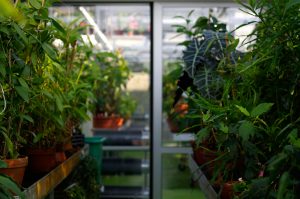
One great thing about these gardens is, besides the variety of native and exotic plants, that all the plants have been identified and labeled carefully by experts. Identifying plants up to the species is often quite difficult, I have already failed on serviceberries and hazelnuts. Other wild fruits such as medlar (Mespilus germanica), Cornelian cherry (Cornus mas), or chequers (Sorbus torminalis) are less tricky. In the case of mushrooms, the exact identification is particularly important for health reasons, but unfortunately also not easy.
When I recently visited the Wissenschaftsgarten in late October to get air potatos (Dioscorea bulbifera), evening star (Oenothera biennis) and love-lies-bleeding (Amaranthus caudatus) for photography and tasting, I discovered untold thousands white mushrooms on the meadow next to the garden. Identifying them was not a great challenge: these were shaggy ink caps (Coprinus comatus). They are said to be excellent edible mushrooms, which dissolve within a few hours to a black ink and are therefore not tradable. I picked up very young mushrooms and fried them right after photographing. They were really delicious! Quite in contrast to the evening star roots. But no matter how it is tasted at the end: discovering the culinary variety of plants and mushrooms is always an exciting adventure.

